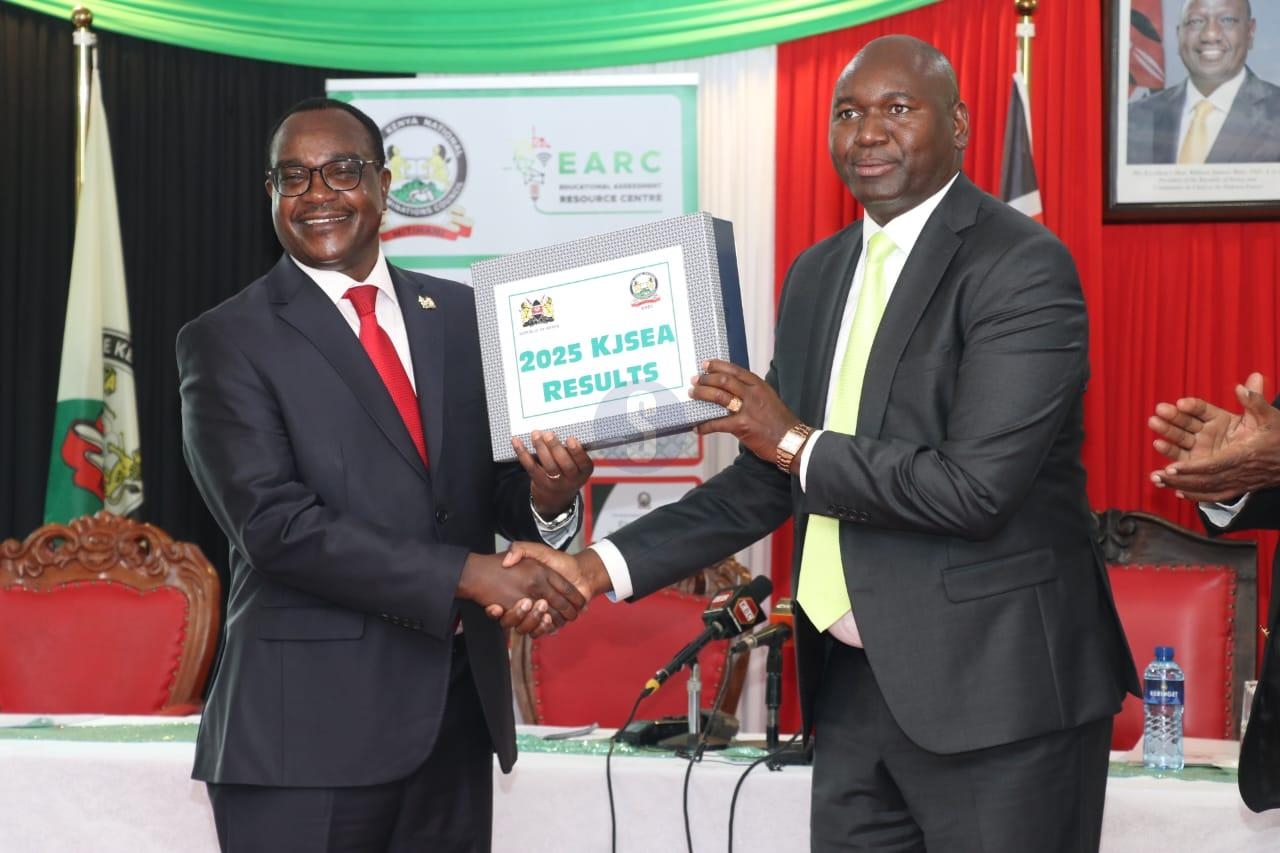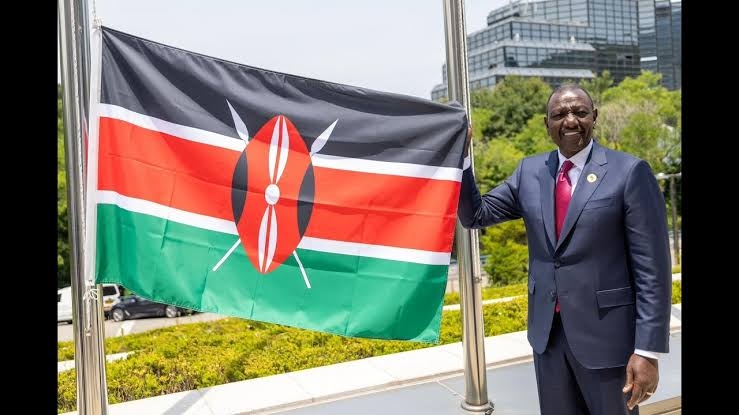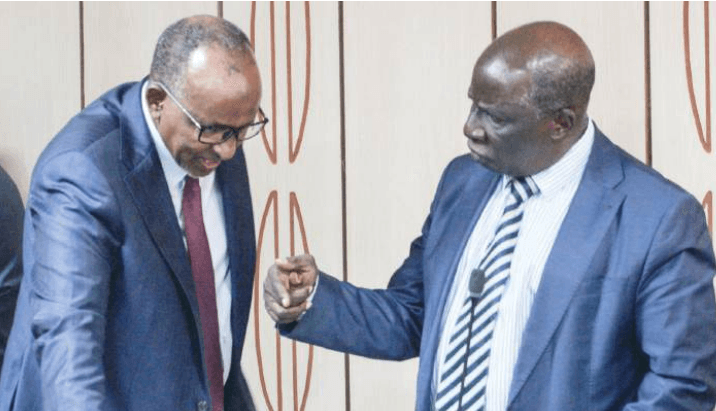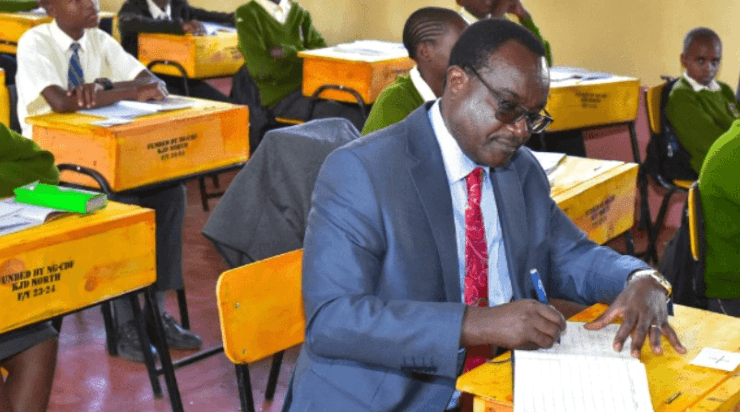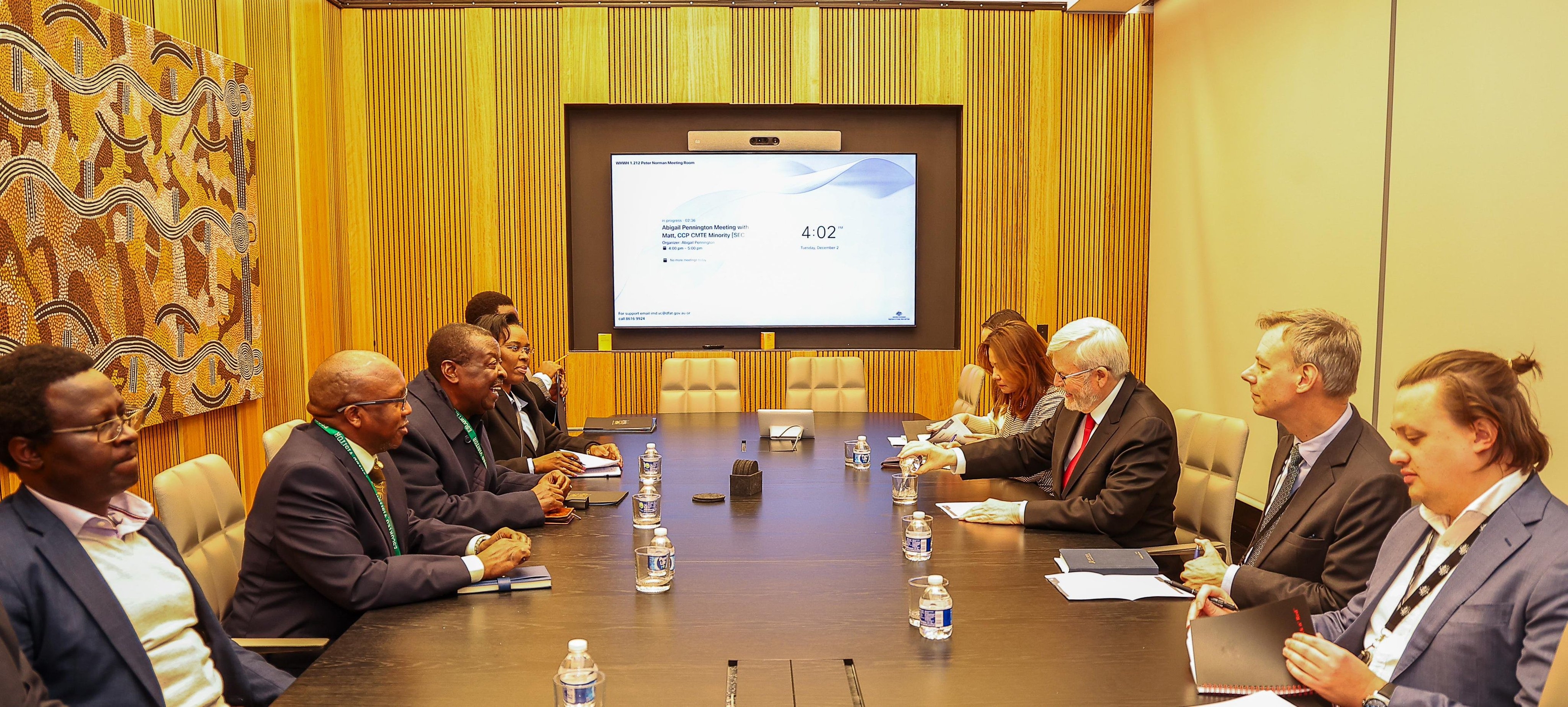Stakeholders in Garissa county have raised concern over high HIV and AIDs mother to child transmission rate.
They said the rate, which currently stands at 18.1 per cent, will hinder elimination of transmission to children by 2027.
Charles Ayuka, county head of prevention of mother to child transmission, said maternal transmission rate must be below 5 per cent for the county to be certified as having achieved the goal.
He said there is need for all partners and stakeholders to double their efforts.
“As a county our mother to child transmission is still high. We still have a long way to go in as a far as elimination of mother to child transmission is concerned,” Ayuka said.
To bring into force elimination of mother to child transmission, Garissa county has come up with an all inclusive work plan.
“We have work plan and we intend to operationalise it within the next one month. Unicef and Red Cross are on board as partners to will help us achieve the go0al by 2027,” he said.
Christabel Oduor of Kenya Red Cross said the programme has helped address stigma and abuse of rights of persons living with HIV.
“We have made great milestones in this project since its inception. One of the achievements is bringing the rate of stigma down. Initially clients could not go for treatments over fear of being demeaned," Oduor said.
"This made it extremely difficult for them to go for drugs in health facilities. Those who went for them also stayed in the queues for hours."
Oduor said they are working with probono lawyers and paralegals to handle cases of clients whose rights have been violated.
“Because of this, communities now know that it is wrong to stigmatise people and deny them their rights because of their HIV status,” she said.
Because of this, communities are now aware of the rights of people living with HIV.
Culture and religion however, remain the biggest hindrance in the fight against stigma on persons living with HIV.
Esther Musyoka of WEFCO described the programme's three years as a success, adding that they have been able to put defaulters back on drugs.
“Many people had for a long time withdrawn from taking anti retroviral drugs. This compromised their immune system and negatively impacted their lives,” she said.
"As a society we should accept that these are our brothers and sisters and embrace them.The reality is,this disease is here with us and the earlier we all accept it the better."
Data shows more than 67,000 children are currently living with HIV while about 4,500 new pediatric infections occurred in 2022.
Elimination of mother to child transmission has pillars that include early testing with the target population being children aged 0-14 years, arresting mother to child transmission and preventing new infections among women already living with HIV.


